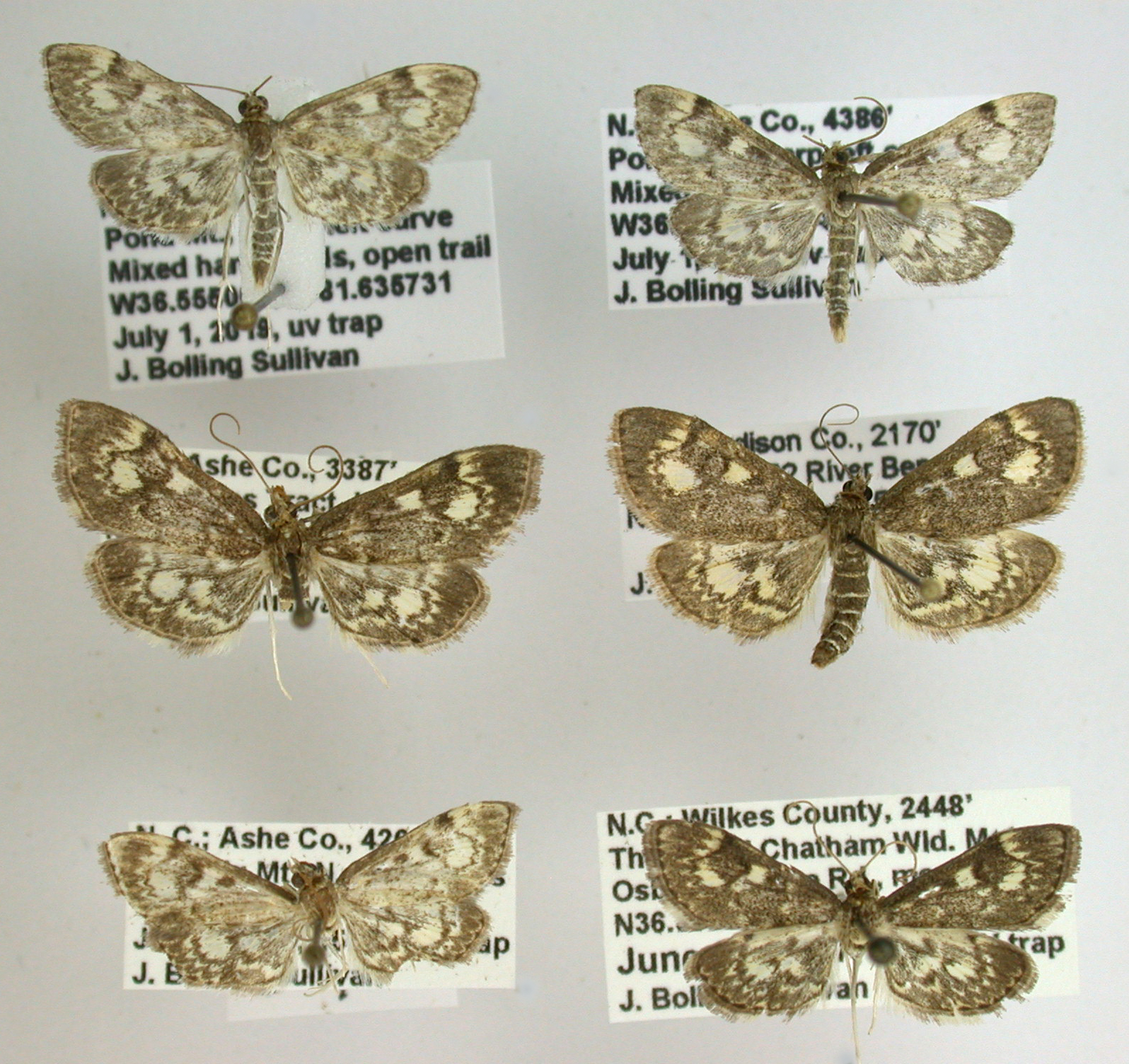« |
Home |  » » |
| View PDF | Crambidae Members: | Anania Members: | 2 NC Records |
|---|
Anania tennesseensis Yang, 2012 - No Common Name |
 view caption |
| Moths of North Carolina |
« |
Home |  » » |
| View PDF | Crambidae Members: | Anania Members: | 2 NC Records |
|---|
Anania tennesseensis Yang, 2012 - No Common Name |
 view caption |